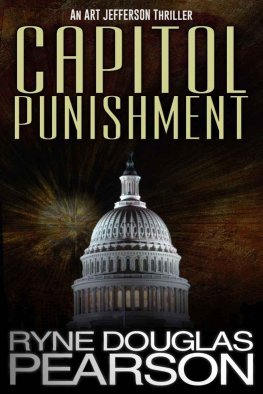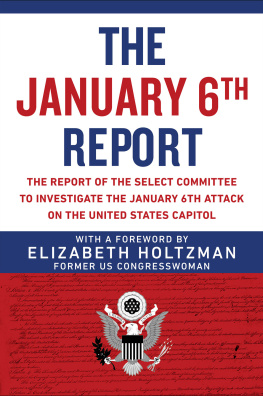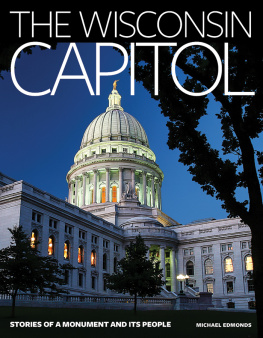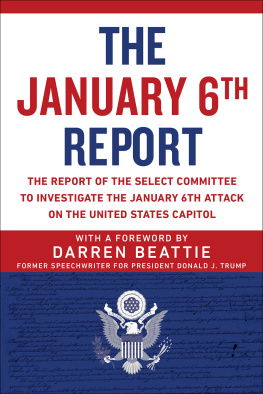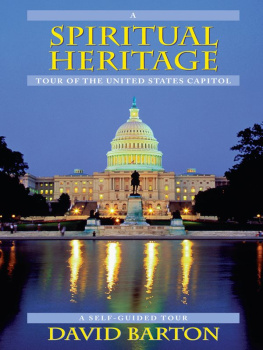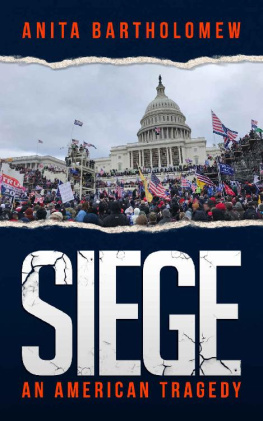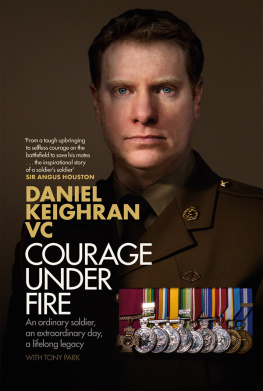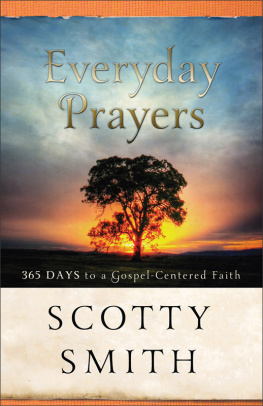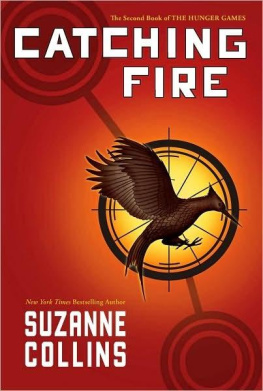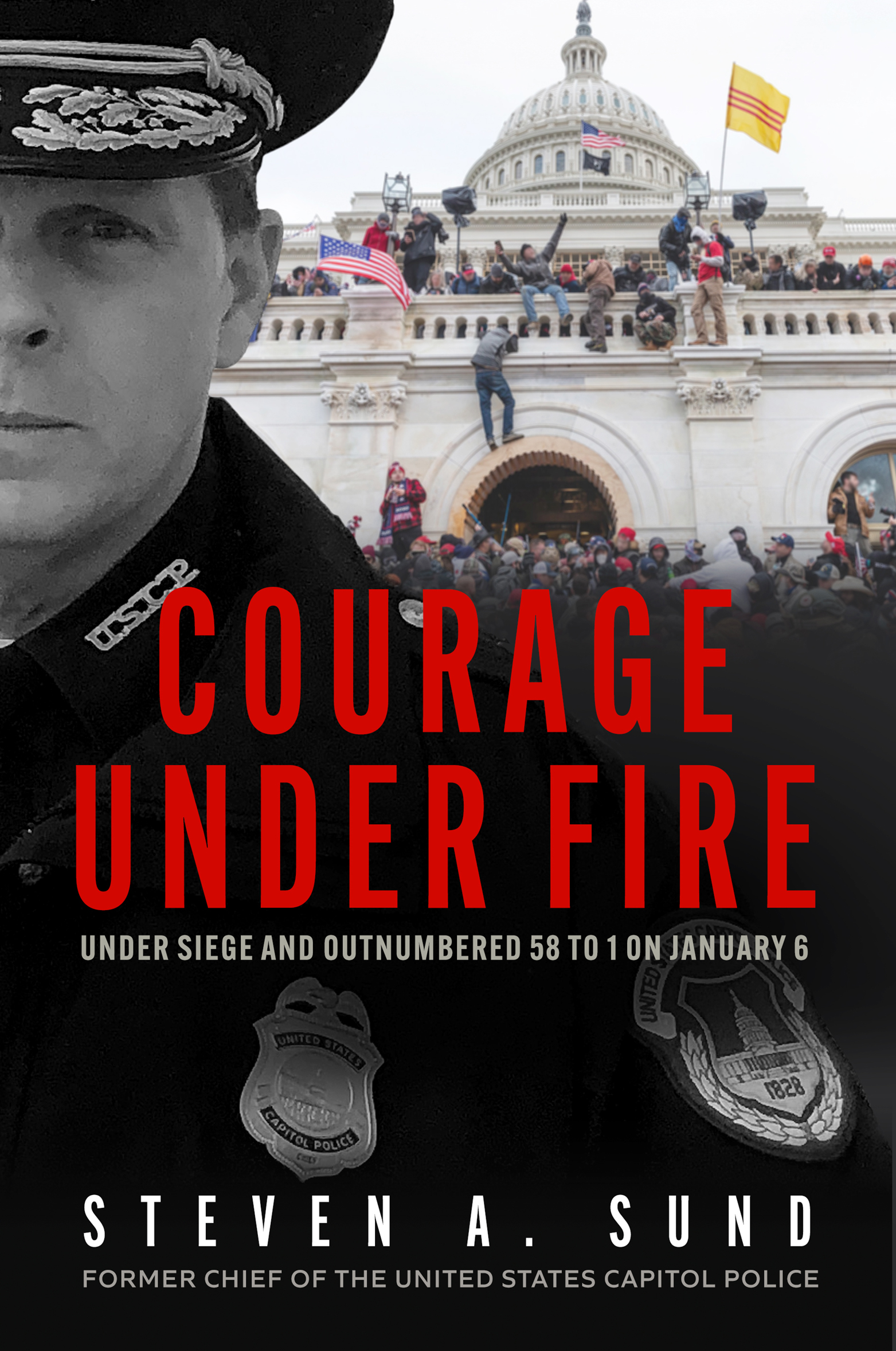
Copyright 2023 by Steven A. Sund
E-book published in 2023 by Blackstone Publishing
Cover design by Stephanie Stanton
All rights reserved. This book or any portion thereof may not be reproduced
or used in any manner whatsoever without the express written permission
of the publisher except for the use of brief quotations in a book review.
Trade e-book ISBN 979-8-200-98361-2
Library e-book ISBN 979-8-200-98360-5
Biography & Autobiography / Law Enforcement
Blackstone Publishing
31 Mistletoe Rd.
Ashland, OR 97520
www.BlackstonePublishing.com
This book is dedicated to the many law enforcement officers and first responders who selflessly continue to put on the badge and vest and go to work to keep their communities safe. And to those we have lost. Your courage inspires us, your sacrifice humbles us.
There is no greater love than to lay down ones life for ones friends.
John 15:13
10-33 at the Capitol
I was standing in the Command Center at police headquarters, surrounded by monitors, each one showing me the same story. The mob was growing, from hundreds to thousands, with even more on the way. The rioters kept assaulting my officers on the West Front of the Capitol, beating and jabbing at them with flagpoles and sticks, throwing tools and construction debris at their heads, spraying chemicals in their eyes.
I wanted to get out there myself, as I had done so many times as a cop on the street. But right now my officers needed extraordinary help, and I was the only one who could get it for them. As I made yet another frantic call for help, I watched helplessly while my greatly outnumbered officers were brutally attacked. The situation was bad and getting worse by the minute.
Inside the Capitol Building were all the members of Congress, whom I was sworn to protect, as well as the vice president and his family. I could see the rage on many faces in the crowd, and I knew that if they got into the building, they would show no mercy.
Please dont let them get inside that building , I prayed . Yet as the battle raged on, the crowd just kept getting bigger and bigger. The courageous officers fought on as hard as they could to defend every inch of ground, but the crowd kept pushing forward. My officers could not hold them back much longer.
Officers were screaming on the radio, Ten-thirty -three! Ten-thirty -three! When youre a cop, this is the most chilling radio call you can ever hear. Its the ultimate cry for helpa life-or -death situation. Officer down, needs immediate assis tance.
But where would that assistance come from? Thank God the Metropolitan Police Department (MPD) had sent me reinforcements, but we needed more. Much more.
The crowd kept surging up the West Front of the building. Every available officer was running to join the fight. But then suddenly, there was a flash point on the East Front, and the mob turned instantly from agitated to violent. They were tearing down our perimeter fencing and trying to reach the rotunda steps. Many of my officers were surrounded now, some fighting their way free, while others were pulled to the ground and beaten.
Their radios were useless now. No one could hear them over the chaos, and no one was left to respond even if they could.
I called again for help, yelling into the phone. But the National Guard, fully equipped with their riot gear and standing just blocks away, was not coming to help us.
At 2:10 p.m., my watch commander announced that the rioters had begun to smash in the windows of the Capitol.
Two minutes later, he yelled across the room, Chief, theyve breached the Capitol! The Capitol has been breached!
Introduction:
Whos Who in Washington, DC
My father was a career air force officer with the kind of larger-than -life persona youd expect from a B-52 pilot who flew countless missions in Vietnam and over the polar ice caps during the Cold War. One of the phrases I learned from him was SNAFU. Im guessing you already know what this means, so you wont find it in this books list of acronyms, but I found this term appropriate when working on the Hill. The multilayered security coordination and committee oversight on the Hill made policing very difficult, usually because issues were approached from a political perspective and not based purely on security. To a career law enforcement officer like me, the Capitol Hill security apparatus seemed alien, and with each daily reminder that I must cater to a multitude of bosses simultaneously, I came to accept that policing on the Hill can only be described as one big SNAFU.
To understand what occurred on January 6, 2021, and what I was up against on that day, you need to understand the convoluted security construct that is in place on Capitol Hill, along with all the major players in town, which together make being the chief of the Capitol Police (according to CNN) the toughest job in America.
Before joining the USCP, I had been with the Washington, DC, municipal police force, the Metropolitan Police Department (MPD), for more than twenty-five years. During my time with the MPD, I worked in some of the most crime-ridden areas of the city, oversaw various task forces and focused mission units, managed several active-shooter incidents, and planned dozens of major events and National Special Security Events (NSSE), as well as helped shape the Department of Homeland Securitys National Response Framework. At the end of 2015, I retired as commander (deputy chief) of the elite Special Operations Division, which I had commanded since 2011. It was a fast-paced division with long hours and many unpredictable situations: pulling a body out of the Potomac River, K9s searching a house for a suspect, SWAT deployment in a hostage situation, our bomb squad responding to a suspicious packageas the commander, I responded to most if not all of these scenes. I also oversaw presidential and dignitary escorts, mass demonstrations, and traffic fatalities. After five years in this position, I was ready to retire.
In my temporary retirement, I worked in the private sector for a nonprofit providing support to the intelligence and law enforcement communities. The hours were good, and the pay was excellent. Life was simpler and slower paced, with no late-night calls for barricade situations, no more missed holidays or family gatherings due to major events in DC, no getting dressed at three in the morning to respond with lights flashing and sirens blaring. But despite all these positives, I still felt the need to return to public service. I missed being a cop.
The US Capitol Police
In the fall of 2016, I was asked to become the assistant chief of police/chief of operations at the United States Capitol Police Department. I was brought on board shortly before President Trumps inauguration in January 2017. Just over two years later, on June 14, 2019, I was sworn in as the tenth USCP chief of police.
The coordination of security on Capitol Hill is like no other place in the world, and the USCP is like no other police department. When I was with the MPD, the USCP had always been looked upon as the odd man out among DCs big four (MPD, US Park Police, USCP, and US Secret Service). The Capitol Police always seemed to do things their own unique way.
The USCP has an enormous responsibility for protecting the legislature and our democratic process. They protect 535 members of Congress, their staffs, and the congressional facilities so that Congress can carry out its constitutional legislative responsibilities in a safe and secure environment. Unlike the executive branch of government, which has authority over several different law enforcement agencies, including the FBI, Secret Service (USSS), DEA, ATF, and DHS Homeland Security Investigations, the USCP is the one and only law enforcement agency assigned to the protection and security of the legislative branch of government. The USCP cannot be given orders by any federal, state, or local authorities outside the legislative branch, and no federal, state, or local law enforcement agencies are allowed on the Hill without an invitation or permission from the legislative branch.


